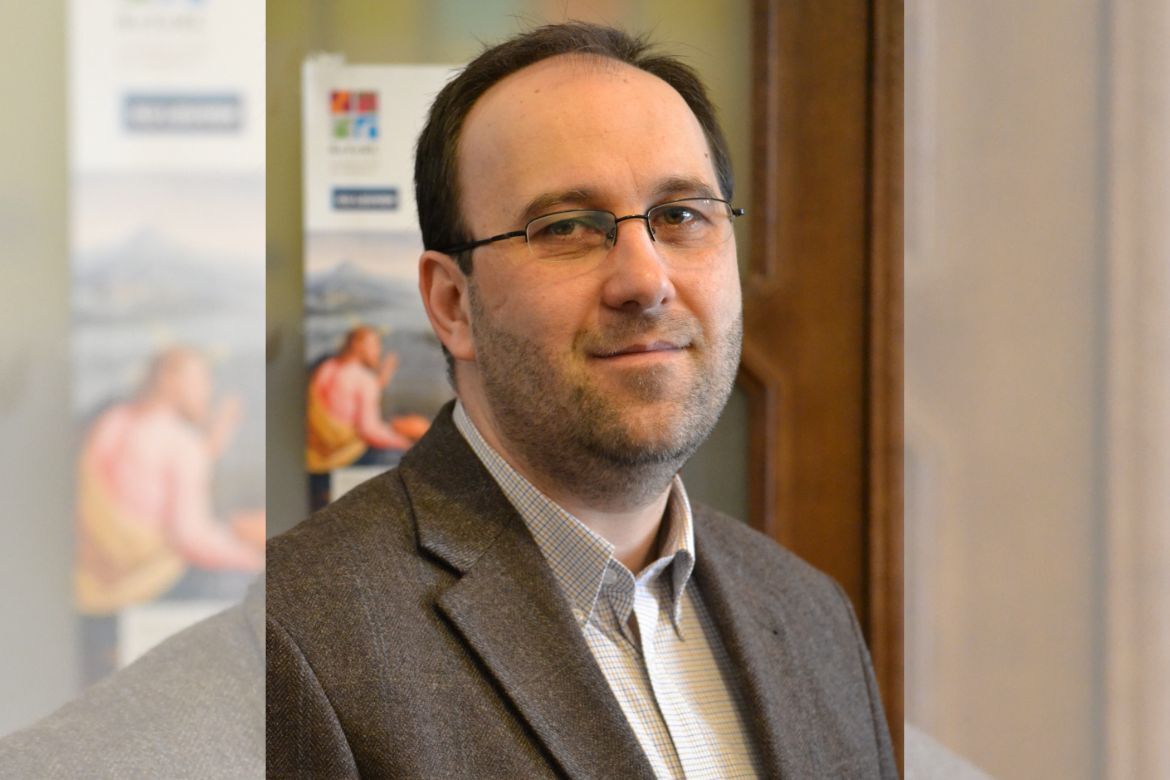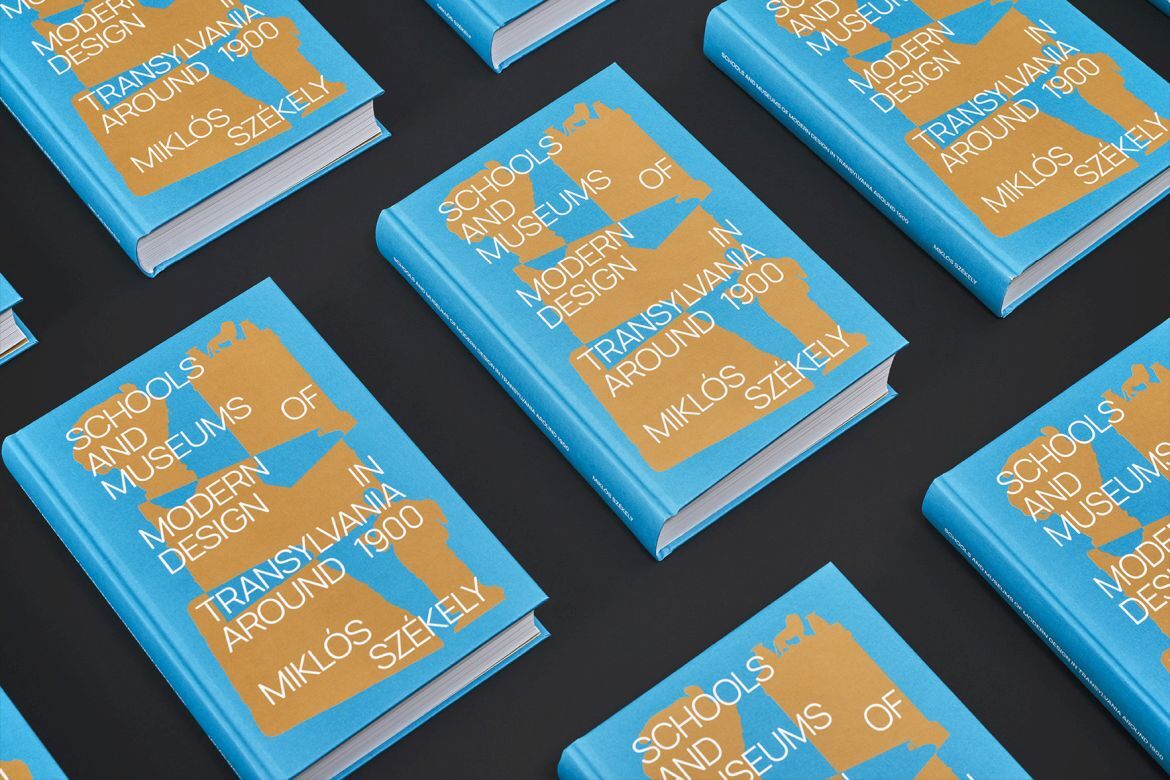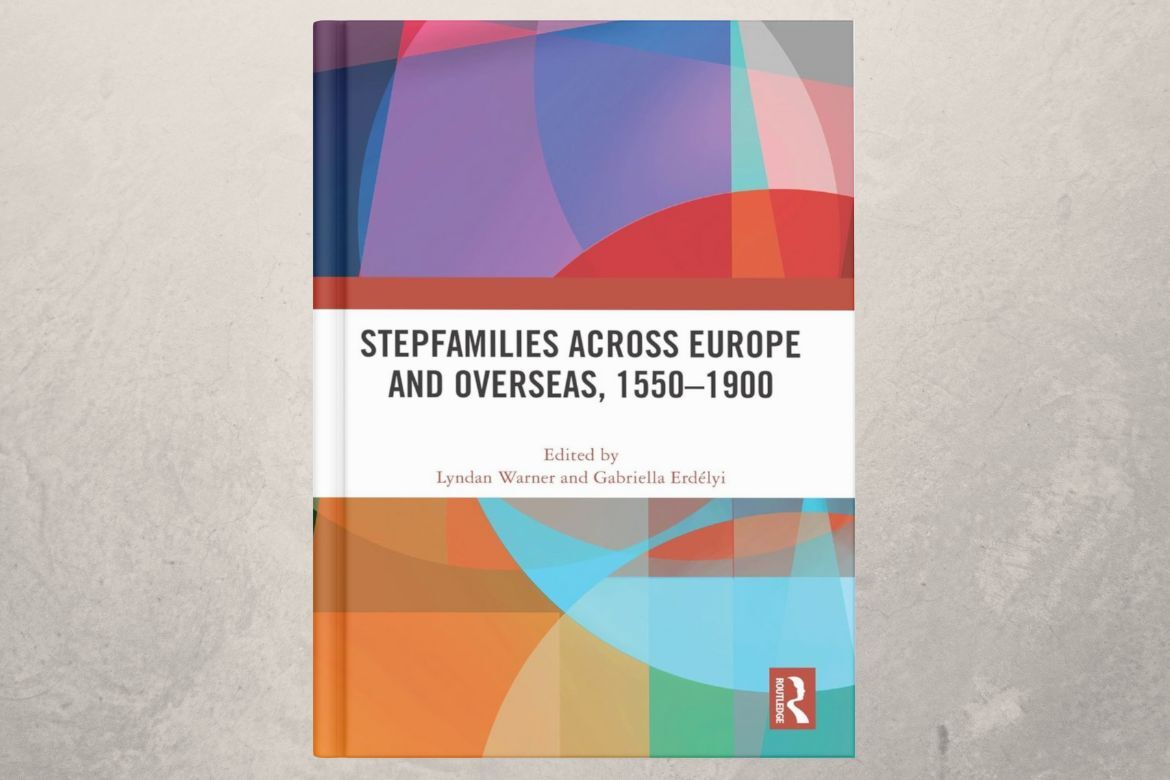
Zsombor Tóth, senior research fellow at the Institute for Literary Studies, HUN-REN RCH attended the conference entitled Between the Old and the New World: William Ames and the Shaping of Reformed Theology and Spirituality, hosted by Pelgrimvaderskerk, Rotterdam (NL) on February 27‒29.

Miklós Székely's book entitled Schools and Museums of Modern Design in Transylvania around 1900 has been shortlisted for the professional book category of the Hungarian Book Design Award. Design: De_form. More information: Forbes magazine

Stepfamilies across Europe and overseas 1550-1900 is the third volume of the Momentum “Integrating Families” Research Group's published by Routledge, which emphasizes diverse perspectives on the new and expanding history of stepfamilies in Europe and some of its overseas territories from 1550 to 1900.
Page 9 of 25